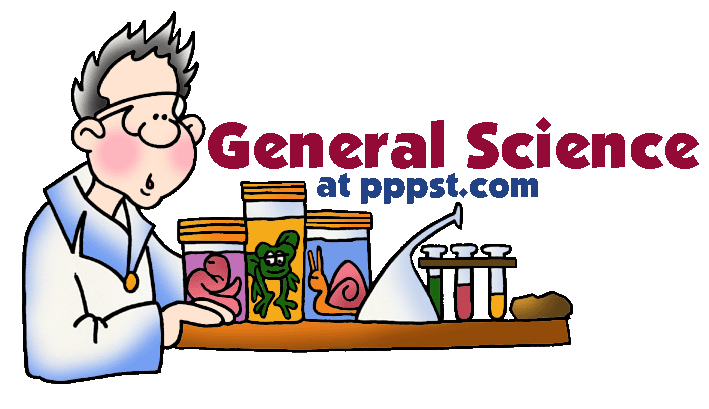Tuesday, January 27, 2009
Monday, January 26, 2009
The food web


Energy to live: In order to live animals need energy. Some animals get the energy they need to live from eating plants and other vegetation. Some animals get their energy from eating other animals. Some animals eat both plants and other animals. Herbivores: Animals that eat plants are called Herbivores. Herbivores have evolved to eat plants. They have specialised teeth and stomachs to enable them to get the energy they need from plants. Carnivores: Animals that eat plants are called Carnivores. Carnivores have evolved to eat meat. They have specialised teeth and stomachs to enable them to get the energy they need from the bodies of other animals. Omnivore: Animals that eat plants and meat are called Omnivores. Humans are omnivores. Omnivores have teeth and stomachs that enable them to eat and digest both plants and meat. Food Web: Food webs show what eats what in order to gain the energy it needs to live. Food webs use arrows to show what eats what. grass zebra lion Producers: Nearly all food webs start with a green plant. Green plants are called producers because they produce their own food. Consumers: Animals are consumers. Some consume plants to get the energy they need to live. Others consume other animals. Prey: Animals that are eaten by other animals are called prey. Some prey animals are herbivores. Some omnivores and carnivores are also prey to other animals. Predators: Animals that eat other animals are called predators. Some animals are predators and prey. This means they eat some animals but are eaten by others. The top predator that is prey to no other animal is called an apex predator. |
The food chain

| The food chain consists of four main parts: The Sun, which provides the energy for everything on the planet. Producers: these include all green plants. These are also known as autotrophs, since they make their own food. Producers are able to harness the energy of the sun to make food. Ultimately, every (aerobic) organism is dependent on plants for oxygen (which is the waste product from photosynthesis) and food (which is produced in the form of glucose through photosynthesis). They make up the bulk of the food chain or web. Consumers: In short, consumers are every organism that eats something else. They include herbivores (animals that eat plants), carnivores (animals that eat other animals), parasites (animals that live off of other organisms by harming it), and scavengers (animals that eat dead animal carcasses). Primary consumers are the herbivores, and are the second largest biomass in an ecosystem. The animals that eat the herbivores (carnivores) make up the third largest biomass, and are also known as secondary consumers. This continues with tertiary consumers, etc. Decomposers: These are mainly bacteria and fungi that convert dead matter into gases such as carbon and nitrogen to be released back into the air, soil, or water. Fungi, and other organisms that break down dead organic matter are known as saprophytes. Even though most of us hate those mushrooms or molds, they actually play a very important role. Without decomposers, the earth would be covered in trash. Decomposers are necessary since they recycle the nutrients to be used again by producers. |
MOLLUSES

Molluscs include all the shelled creatures of the seashore, with the exception of the barnacles. Molluscs are abundant in the region between high and low tide and are a major feature of all rocky ocean shores. Molluscs form one of the largest groups in the animal kingdom, with more than 80,000 known species. Molluscs form a very well defined group and although their outside features may vary greatly in form and colour, their internal structure is constant.
ARTHROPODS

Arthropods are animals with segmented bodies and six or more jointed legs. They are the largest animal group on Earth. In fact, more than three out of four of all animals are arthropods. They are found everywhere - on land, in trees, in freshwater and saltwater, and even underground. Arthropods are generally small. Most are less than 1 cm long. Some arthropods, however, are quite large. The giant king crab, for example, measures over 3.2 m from the tip of one outstretched leg to another. Some of the most familiar arthropods are butterflies, beetles, flies, ants, bees, spiders, scorpions, shrimp, and crabs.
Sunday, January 25, 2009
COELENTERATES

This is the common name for 9 000 species of invertebrate animals found in all oceans of the world.These include:Coral, jellyfish and sea-anenome.Some are cylindrical with the mouth and tentacles at one end.Jellyfish look like an opened umbrella with tentacles hanging.All coelenterates capture their prey in the tentacles and then kill them with poison from the stinging organ.
ECHINODERMS

Echinoderm is a common name for about 6 000 living species that live at all depths in all of the oceans of the world . These include:Starfish, sea-cucumbers and sea-urchins.Starfish have a mouth surrounded by 5 arms. At the ends of the arms are fleshy tube feet which the starfish uses to cling to things and to crawl about.Sea-urchins have spines that are very well developed.Echinoderms have simple nervous and circulatory systems.
Subscribe to:
Comments (Atom)























